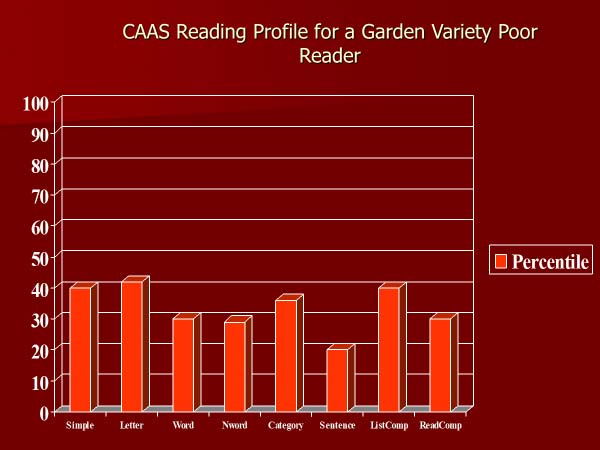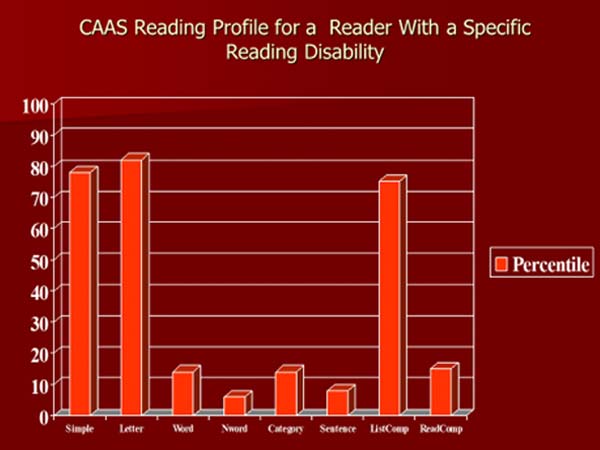How To Tell The Difference Between a Poor Reader And a Disabled Reader
Imagine that two elementary age readers take a standardized reading test. Both readers perform poorly on the test. Yet, there are significant differences between the two readers. One reader, often called a garden variety poor reader in the research literature, may perform poorly because he or she didn’t learn important pre-reading skills before entering school. The other reader, called a reading disabled reader, may perform poorly because they have a disability (e.g., dyslexia) that inhibits his or her ability to learn how to read. The difference between the two readers is important in deciding the approach educators take in teaching the child to learn to read. But, how do you tell when reader is a poor reader because of environmental consequences, or because of an inherent disability?
Traditionally, there are several approaches to answering this question. One approach is to administer a battery of tests that measure general cognitive ability and a variety of reading skills. The logic behind this approach is that a reader who has been environmentally deprived will show deficits in a range of cognitive skills, in addition to reading skills. In contrast, a disabled reader will have normal cognitive skills in all areas except reading.
A second, more recent approach, is called Response to Intervention (RTI). The RTI approach is to provide all poor readers with what is known as “best practice instruction,” (see an earlier post on this site for more information about best practices). The idea is that the reader who reads poorly because of lack of early skills will soon show considerable progress when exposed to best practices. In contrast, the truly disabled reader will continue to struggle even when exposed to quality reading instruction.
Both of the approaches mentioned above have disadvantages. The test batteries mentioned in the first approach can only be administered by trained diagnosticians and the process and subsequent report can easily cost over a thousand dollars. The best practice approach also has shortcomings. Identifying the disabled reader may occur only after several years of failed best practice instruction. And then when the identification does occur, there are no obvious alternative approaches when best practice has not produced positive results.
The Reading Success Lab Reading Evaluation module takes a third approach to the problem of differentiating between the garden variety poor reader and the disabled reader. Our software evaluates performance on a simple cognitive skill, and on a series of progressively complicated reading skills. The logic is that the garden variety poor reader will show depressed performance on all of the skills, whereas the disabled reader will show areas of normal performance, and areas where the disability creates depressed performance.
Here are two graphs that show the profiles for the two types of poor readers.

The values on the tasks are grade level percentiles where the average in a student’s grade level is as the 50th percentile. The tasks, reading from left to right across the graph are: 1) a simple response time task, 2) a letter naming task, 3) a word naming task, 4) a pseudo word naming task, 5) a word meaning task, 6) a sentence understanding task, 7) a listening comprehension task, and 8) a reading comprehension task. Note the generally depressed performance on all the tasks for the garden variety poor reader.

This profile is for a disabled reader. This reader performs fine on the simple task, the letter naming task and the listening comprehension task, but has depressed performance on the remaining reading tasks. Our reading evaluation software provides an inexpensive, quick and valid approach to differentiating between poor readers and disabled readers.


 Facebook
Facebook
 Yelp
Yelp
